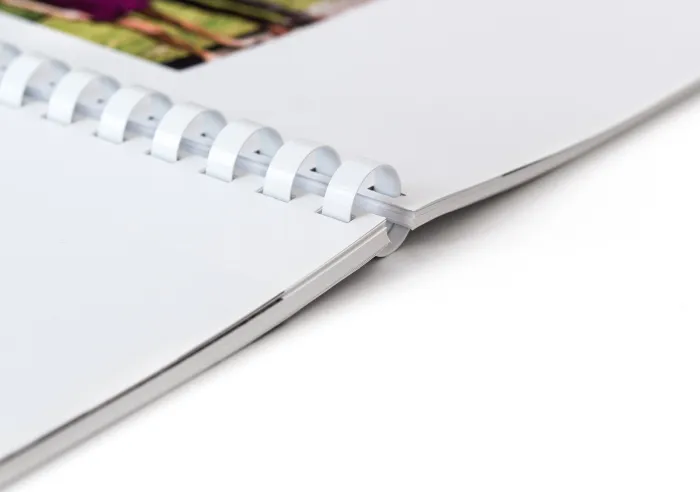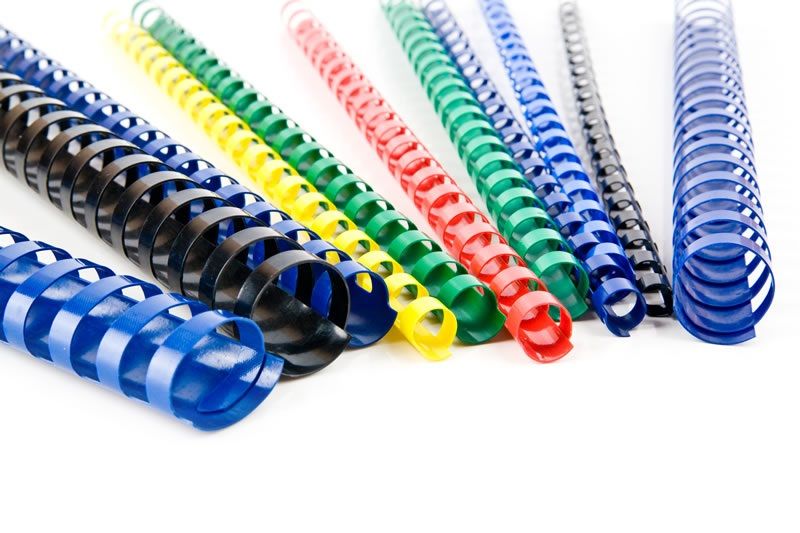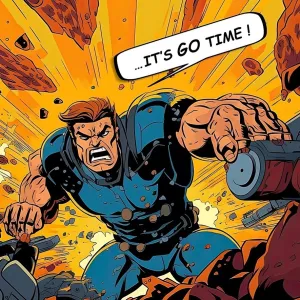Plastic Comb Books: What does the "Comb" refer to?

estimated reading time: 2 minutes
First off, what is Plastic Comb Binding?
Plastic Comb Binding is a well-established binding style used on a wide range of softcover book projects. Comb bound books are joined with a plastic binding spine that looks like a long cylinder. The cylindrical shape is formed by multiple curved tines that extend at regular intervals along the entire length of the spine. Made of firm but flexible plastic, each curved tine contains a great deal of tension. The tension helps the tines maintain their circular shape.

To bind a book, the curved tines are spread open and inserted through slots that have been punched along one edge of the book's cover and pages. When the tines are released, the strong tension allows them to spring back to their original circular shape. This binds the book securely together while still allowing the cover and pages to turn freely.
So where does the "Comb" reference come from?
Because the spine unit of a plastic comb book is cylindrical in shape, it is difficult to envision where the "comb" reference may have originated. But, if you were to extend the tines of a plastic binding spine you would notice that they resemble the tines or "teeth" of a large hair comb (this can be seen in the photo of the white coil's tines being stretched open). Hence, this is why we use the terms "Comb" Binding or Plastic "Comb" Book.

Even on completed plastic comb books, the tines can be spread open if needed. So, it is possible to remove and add pages at a later time. It takes a little manual effort to re-open the tines, but this feature does come in handy for books that need occasional updates, such as an employee handbook, price guide, or procedure manual.
If you'd like to read more about the comb binding process or the benefits of plastic comb books, visit our Comb Bound Books page.
By the way, if you have an upcoming book project that requires plastic comb binding, get in touch with Color Vision Printing at 800-543-6299. Or, if you already know your project's specs and would like to receive a quote by email, please use our simple Quote Request form.
As always, we look forward to assisting with your project!
Related Articles

Creating a Comic Book? Here’s some Advice from a Printer
Read This Article

Perfect Binding vs PUR Binding: What is the Difference?
Read This Article

Perfect Bound Book Printing: Tips for getting the Best Value
Read This Article

How Much Does It Cost to Have Books Printed?
Read This Article